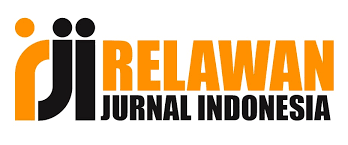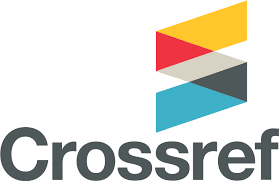Sociolinguistics in the Indonesian Movie “Romansa Danau Toba”
Abstract
This study aims to analyze the phenomenon of code-switching and code-mixing in the Indonesian movie Romansa Danau Toba, focusing on the linguistic choices made by characters who are predominantly from Bataknese ethnic backgrounds. Utilizing the sociolinguistic frameworks of Poplack (1980), Suwito (1983), and Grosjean (1982), this research investigates the types and motivations of code-switching (inter- sentential, intra-sentential, and tag switching) and code-mixing (inner and outer) that occur throughout the dialogues. The data were analyzed through the qualitative method with the Miles and Huberman model: data reduction, data display, and conclusion drawing. The results show that inter-sentential switching is the most frequent type (71.43%), while intra-sentential switching appears the least (10.71%). For code-mixing, inner code-mixing (72%) surpasses outer code-mixing (28%). Moreover, the primary motivation behind the language alternation is expressing group identity (66.04%), followed by emphasizing a point, lexical need, and raising status. These findings reflect the sociolinguistic dynamics of regional, national, and global languages in media representation, especially in multilingual communities such as the Bataknese.










